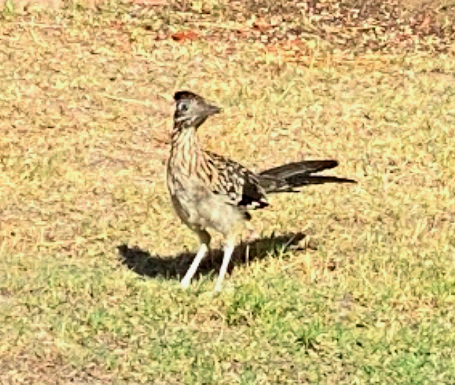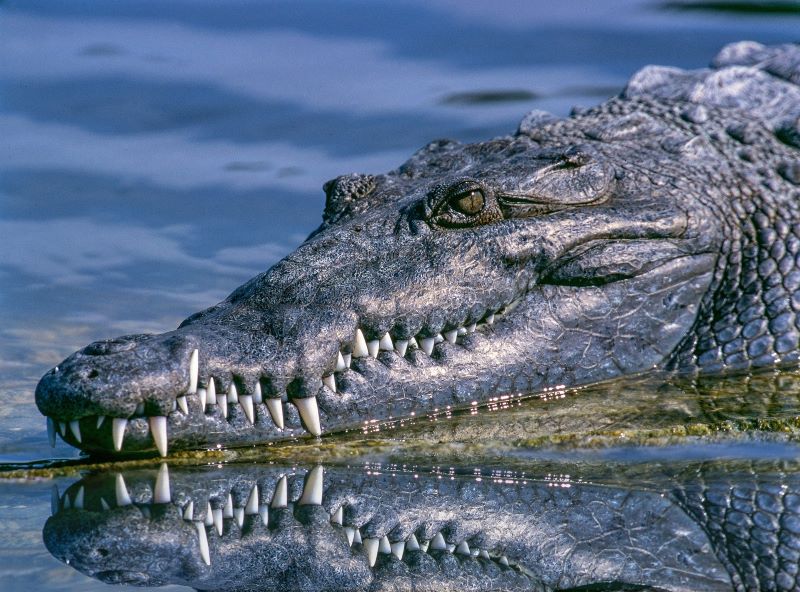September 4 is National Wildlife Day

This guy, Roadrunner Geococcyx californianus, and his species inspired my book, Don’t Make Me Fly! September 4 is National Wildlife Day. As a biologist, I love wildlife, whether it is in my backyard or at some distant exotic location. Wildlife Day was established to remind us about endangered animals, locally and around the world. This […]
Alligator vs. the Marshmallow

As a science book writer, I am asked to speak at schools and libraries about my favorite subject: reptiles. I often use props to help people visualize the facts I present. For instance, an iguana egg is about the size of a marshmallow. So, I bring a bag of marshmallows to use and, when allowed, […]